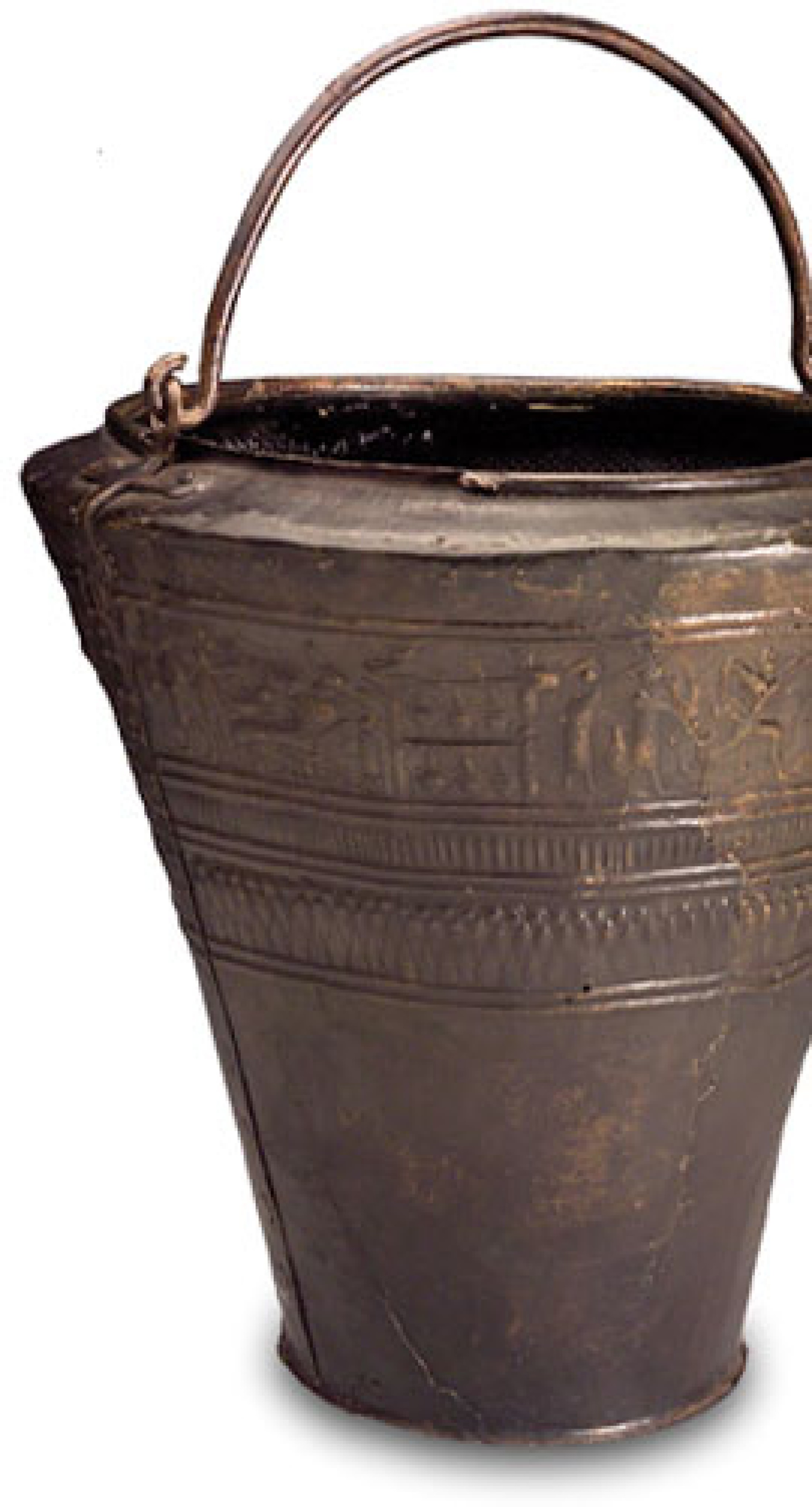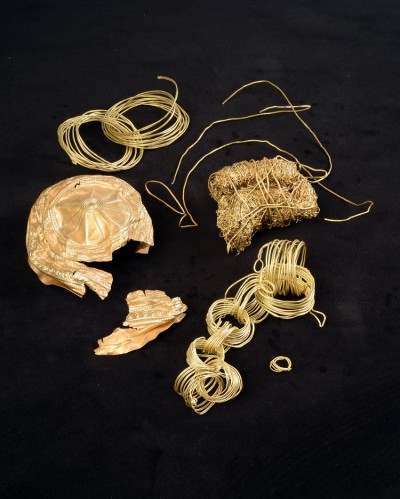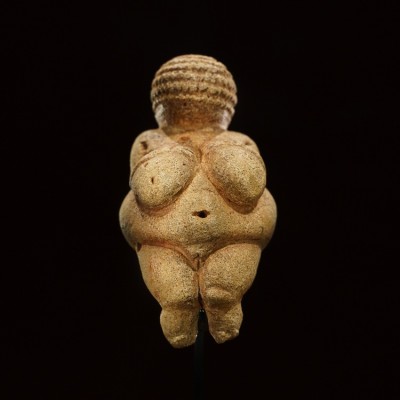Design
After remaining unchanged for over 40 years, the Department of Prehistory’s exhibition has been completely redesigned. Halls
11 – 13 were re-opened to the public in late 2015 and reflect the latest developments in exhibition technology and presentation
methods. Two “cabinets” have also been adapted as part of the renovation work in order to create a worthy setting for the
NHM’s famous Paleolithic Venus figurines and fascinating collection of gold and silver objects.
The exhibition is divided into three areas. On the window side selected objects give visitors key information on the most
important cultural periods. On the walls opposite the windows, the Department of Prehistory presents its current fields of
research. The central area houses the original display cases with a wide selection of objects shown in their respective historical
context. While Halls 11 and 13 are designed chronologically, Hall 12 is entirely dedicated to the prehistoric salt mine and
settlement of Hallstatt (Upper Austria).
Gold Cabinet
The Gold Cabinet provides a fitting backdrop for a spectacular collection of gold items, some of which were locked up in a
safe for more than 100 years. Dating back several millennia, the collection’s highlights include the 6,000-year-old gold discs
from the Stollhof Hoard (the second-oldest gold find in the world). These eye-catching discs are not only beautiful items
of jewelry but also provide valuable information on the early use of natural resources. The sponsorship for the gold discs
from the Stollhof Hoard is provided by WIENER STÄDTISCHE Versicherung AG.
Original items from gold hoards found in Rothengrub and Michalkow are also on display for the first time. Furthermore, the
NHM Vienna is home to one of the most important finds in Austria from the Late Bronze Age: the Arikogel Hoard found at Lake
Hallstatt. The most recent addition is the 3,100-year-old Ebreichsdorf treasure, a donation from the Austrian Federal Railways
(ÖBB).
Venus Cabinet
The Venus Cabinet houses the famous 29,500-year-old Venus of Willendorf and the 36,000-year-old statuette found in Stratzing,
known as “Fanny”. These two Venus figures are the only exhibits displayed in this room in order to emphasize the aura of these
two early works of art. The Venus Cabinet is bathed in a deep red light designed to recreate the red ochre that would have
originally covered the Venus of Willendorf. Furthermore, an animation shows visitors how the area near the Danube where the
"Venus" was found looked like 30,000 years ago, in the Ice Age, and how the climate and landscape have changed since then.






